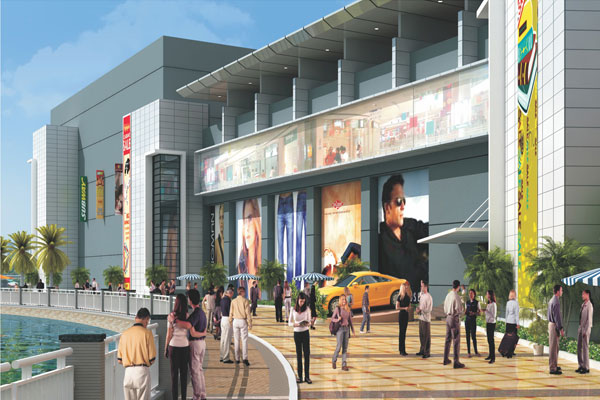
Retailers physical store expansion undeterred by online growth: CBRE
China top target destination in APAC; Southeast Asia surges. Growing…

China top target destination in APAC; Southeast Asia surges. Growing…
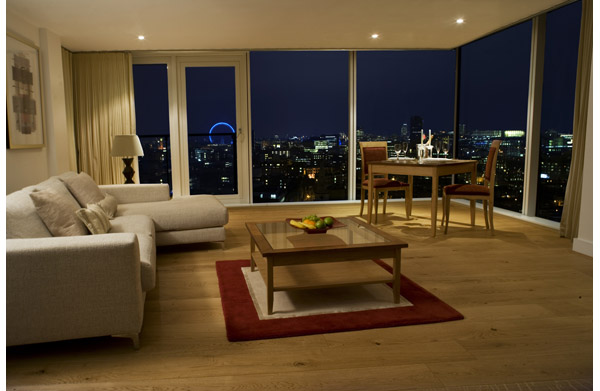
Call it contrasting match of the two extreme ends or just the confusing mate living together, but affordable luxury has gained ground in Indian realty, finds Track2Realty.

The senior living sector in India is at a crossroad. With the relaxation of Foreign Direct Investment (FDI) restrictions on investments in the sector and increasing population of seniors (over 100 million seniors in India at present) to cater to, there clearly exists an untapped opportunity for investment and development in this sector.
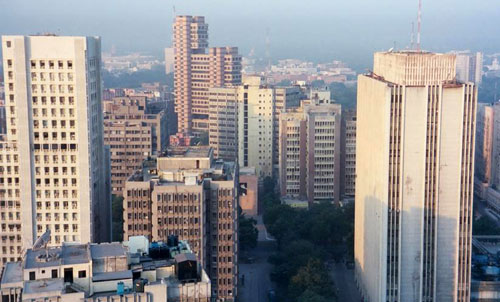
At about US$151 per sq. ft. per annum, Delhi’s Central Business District (CBD) of Connaught Place was ranked as the sixth most expensive prime office market in the world, according to CBRE Research’s semi-annual Global Prime Office Occupancy Costs survey.

Today, the world sees India as a land of opportunity for business and investment. RBI head Raghuram Rajan said in mid-September that while fellow BRICs have deep problems, India appears to be an island of relative calm in an ocean of turmoil.
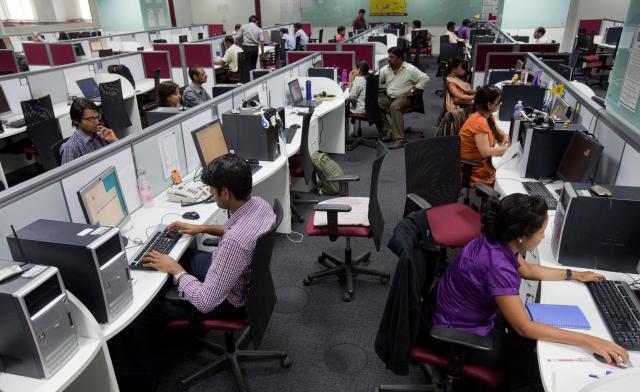
The IT/ITeS sector has clearly been driving corporate real estate in the country; and consequently, much of the development in this space is being propelled by IT and back-office demand for workspaces, as per CBRE’s India report – Real Estate & Workplace Strategies of Shared Services Occupiers.

A few may have succeeded but most of the developers have failed to position themselves right during the slowdown. In the process Track2Realty finds that the brand realty has taken a severe beating, losing the trust of both the end-users and the investors. The brand positioning that differentiates between the two different realty companies is today negligible with developers’ focus to sell. That, unfortunately, is not working for them and commanding premium over the brand reputation today is a far cry. Our team speaks to a cross section of developers, analysts and brand experts who may differ with each other but nearly all agree that sector has to come out of the Catch 22 situation.
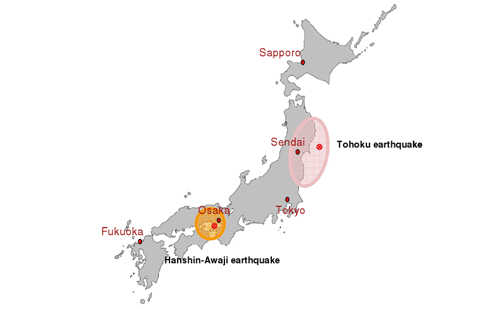
Tokyo is the world’s hottest city for new retailer expansion, attracting 63 new retail brands, according to the latest report by global property advisor CBRE, How Global is the Business of Retail?. Space in core areas of Tokyo remain highly sought after despite the mixed signals in the economy and an increase in sales tax of 8% introduced in April 2014.
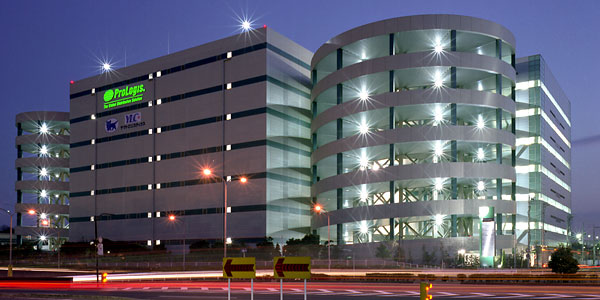
Following a particularly strong fourth quarter of 2014, the first quarter of 2015 reported comparatively slow activity on the office market front across leading cities. This apparent demand drop was largely because most corporate space occupiers were still strategizing their real estate plans for the year during the period, with fewer transaction decisions being implemented in the first quarter.
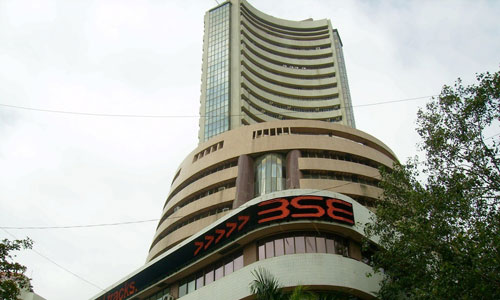
The stock market is not only showing the investors’ confidence index going up. It is also indicating the way forward for the Indian real estate. After all, investor sentiment on the bourses have often led to the recovery of the real estate market as the investment grows to the next level of confidence for a long term investment. It may be too early for concluding whether the stock recovery is here to stay and lead to revival of the fortunes of the real estate, yet Track2Realty finds the debate has gained ground. While the developers are optimistic about the money sooner than later coming into the sector, the critics have their own reasons to advice wait & watch policy, if not outright denial.
